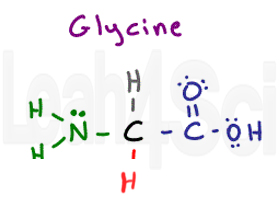


We found that the pattern of effects caused by the mutations was similar for each of the interactions and that the effects on binding generally reflected effects on gene activation potential. A panel of mutations within the τ1-core that either decrease or increase activation potential was used to probe the interaction of the τ1-core domain with TBP, Ada2, and CBP. In addition, the previously identified interactions of the τ1-core with the TATA-binding protein (TBP) and the Ada2 adaptor protein were localized to the C- and N-terminal regions of these proteins, respectively. Screening of putative target proteins showed that the τ1-core can interact with the C-terminal part of the CREB-binding protein (CBP). We have further observed that all-amino-acids networks and hydrophobic networks bear the signature of hierarchy, whereas the hydrophilic and charged networks do not have any hierarchical signature.In this work, we determined how altered-function mutants affecting hydrophobic residues within the τ1-core activation domain of the human glucocorticoid receptor (GR) influence its physical interaction with different target proteins of the transcriptional machinery. Although most of the hydrophilic and charged networks are of the assortative type, few others have the characteristics of disassortative mixing of the nodes. Our results further indicate that the all-amino-acids networks and hydrophobic networks are of assortative type. Each of the three types of networks exhibits the “small-world” property. The average strength of a node in a charged network increases more sharply than that of the hydrophobic and hydrophilic networks.

The average strength for each of the three types of networks varies with its degree. The average strength of the nodes of hydrophobic networks is nearly equal to that of the charged network, whereas that of hydrophilic networks has a smaller value than that of hydrophobic and charged networks. The average degree of the hydrophilic networks is slightly higher than that of the charged networks. Results showed that the average degree of the hydrophobic networks has a significantly larger value than that of hydrophilic and charged networks. The anatomy of the weighted and unweighted networks of hydrophobic, hydrophilic, and charged residues separately for a large number of proteins were studied. The 20 different types of amino acids, depending on their physicochemical properties, can be grouped into three major classes: hydrophobic, hydrophilic, and charged. The native three-dimensional structure of a single protein is determined by the physicochemical nature of its constituent amino acids.


 0 kommentar(er)
0 kommentar(er)
